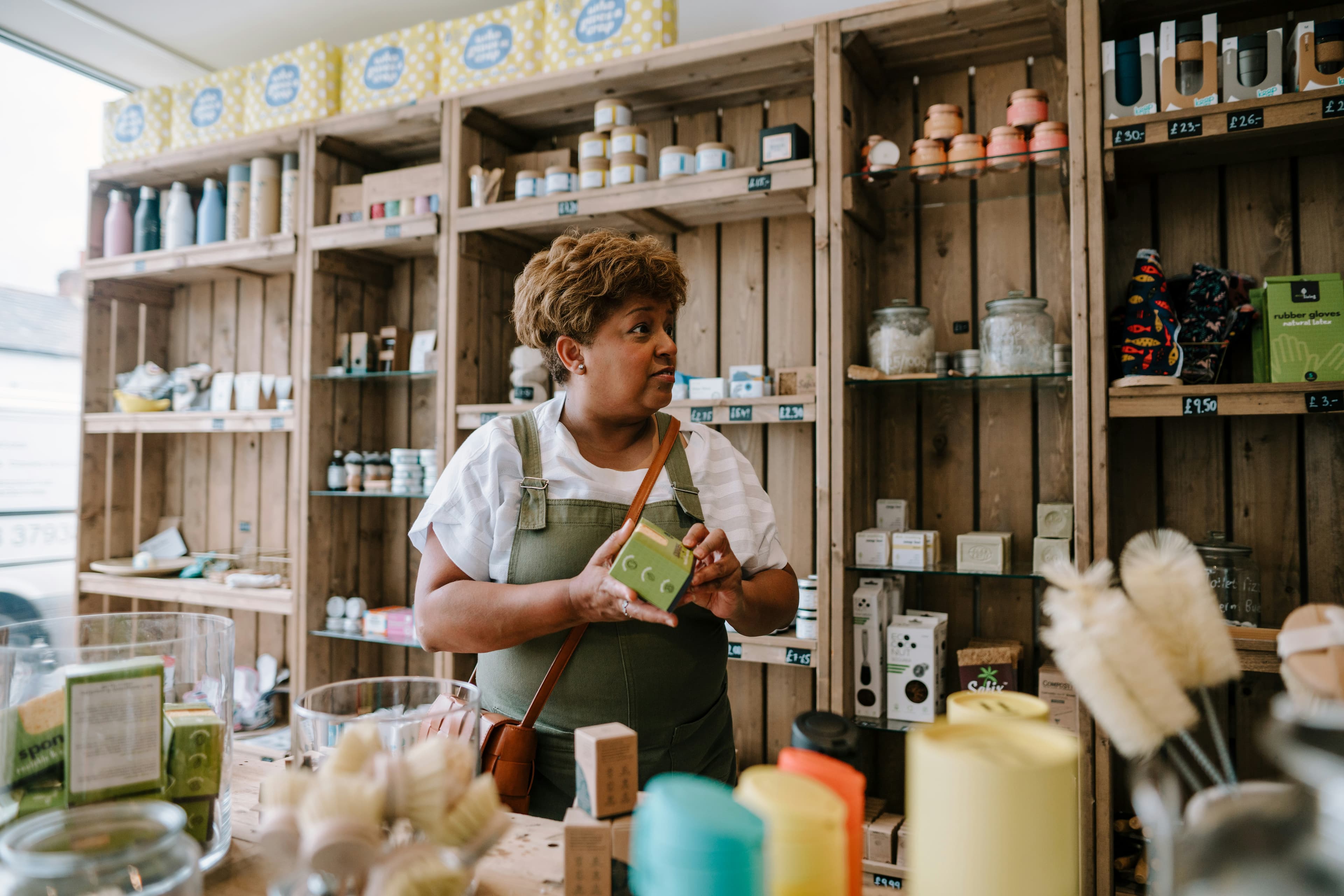Paid Ads Should Be Your Last Step, Not Your First

There’s a classic saying in business: “You have to spend money to make money.” This often leads people straight to the advertising dashboards of Google and Facebook, ready to pour cash into their marketing. And it’s true, scaling your reach with paid media on social networks and search engines is incredibly effective. The results can be undeniable.
The problem is, I’ve seen countless businesses jump directly to paid ads, bypassing the foundational work that makes them truly successful. There's a common belief that ads are the holy grail of a modern , a shortcut that makes everything else unnecessary. I've also watched businesses blindly invest in paid social without ever measuring its real impact or considering if that money could be used more effectively elsewhere.
Paid media is a powerful tool you can use whenever you have the budget. But it should come your other efforts are in place. Think of it this way: when you’ve already built a solid foundation with your search, email, and social media presence, injecting money is about scaling your voice, not desperately trying to find it.
Spending strategically means looking at where your organic efforts aren't quite getting the job done. For example, if your already has you ranking number one on Google for all your key topics, spending money to appear in the ad spot right above it might be a waste. The exception, of course, is if a competitor is bidding on that top spot and you need to defend your territory. Otherwise, that ad spend is better used to shore up your weaknesses.
It’s like a water spigot. When your organic efforts fall short, you can always turn on the paid media faucet to speed things up. But the flow will be much more powerful if you’ve already laid all the pipes.
When Paid Ads Actually Make Sense
With that in mind, there are three common scenarios where strategically using paid media can give your business a serious boost.
1. Bridging the Visibility Gap
Today’s customers do their homework. They spend a ton of time researching across different channels and platforms. Paid media helps you show up wherever they happen to be looking. It gives you a presence in all corners of the digital world, even in places where you don’t have much organic influence yet. This is all about getting your business in front of new, or "cold," audiences.
2. Retargeting
While bridging the visibility gap introduces you to new people, retargeting lets you speak to an audience that has already shown some interest in your brand. These people are further along in their decision-making process. It’s worth noting that recent privacy updates from big tech companies are making retargeting more challenging, so it’s a good idea to make the most of it while you can.
3. Time-Sensitive Pushes
Sometimes you just need to get as many eyes as possible on something, and fast. Whether it's a product launch, a special event, or a limited-time sale, paid media allows you to scale up your visibility almost instantly. While it might not be the most budget-friendly way to reach a cold audience, it gets your message in front of a lot of people quickly.
Your Ads Are Only as Good as Your Targeting
The real value of paid media is its ability to put you in front of the exact right people. The targeting options available on these platforms, built on massive amounts of user data, are the best guide money can buy. You can target by basic demographics like age, gender, and location, but it goes much deeper than that.
For any , you should think about three main targeting groups:
- The better you know your ideal customer, the better you can use social media to find them. Platforms use algorithms to figure out user interests, and you can also target people based on the other accounts they follow.
- This is your "warm" audience—people who already know, like, and trust you to some degree. You can target website visitors, people who have engaged with your social media posts, or even upload an email list of customers or prospects.
- This is where the platforms’ AI really shines. You can take a custom audience—like your best customers or website visitors—and ask the platform to find other users who look just like them. For one , the fashion store ChicMe, this approach was a game-changer. By targeting lookalikes of their most loyal customers, they saw a 271% higher return on ad spend compared to just using broad, interest-based targeting.
How Your Campaign Goal Shapes Your Results
When you set up an ad campaign, the first thing the platform will ask is what you want to achieve. This choice matters—a lot.
If you tell the algorithm your goal is to increase sales, it will find users who are most likely to actually buy something, not just click. If you choose a cost-per-click objective, it will find the "clicky" people, whether they tend to buy or not. If you want to generate leads, it will prioritize users who have a history of filling out on-platform forms.
The algorithm does what you tell it to do. That's why it's so important to experiment with different campaign objectives and targeting strategies. For example, Kensington Market Sourdough, a bakery in Toronto, boosted their sales by 52% and lowered their cost-per-purchase by 33% just by experimenting with a mix of top, middle, and bottom-of-funnel campaign goals.
The Paid Media Landscape
Globally, over 70% of all digital ad revenue goes to just three companies: Google (including YouTube), Meta (Facebook and Instagram), and Amazon. While other networks like TikTok and LinkedIn have their own unique strengths, it makes sense to start your journey where most businesses are already seeing a positive return.
Paid Search
The most direct way to show up in search results is to pay for it with Google Ads. People who are searching have intent; they’re actively looking for something. This is different from social media ads, which interrupt what someone is doing. You can also reach people on YouTube, the second-largest search engine, with video ads. For anyone with an , Amazon Ads are a must. Purchase intent on Amazon is sky-high. One of my own clients consistently makes $4 to $5 for every $1 they spend on Amazon Ads.
Paid "Inbox" Marketing
You can even pay to get into someone's inbox. Google's Discovery ads can place you at the top of a user's Gmail. LinkedIn offers Conversation Ads, which deliver a message directly to a user's LinkedIn inbox. This can be a powerful option for anyone in the B2B space.
Paid Social Media
Meta is the undisputed king of social media advertising. Success here is a combination of compelling ad creative and precise targeting. The platform is pushing its Advantage+ AI to automate much of the process, but you can still take manual control. Every platform has unique features, from Meta’s integrated product catalogs to TikTok’s full-screen video ads and LinkedIn’s detailed professional targeting options.
A Simple Funnel Approach to Paid Ads
Managing campaigns across all these platforms can feel overwhelming. For a or small company, a focused strategy like Google + Meta + Amazon (for B2C) or Google + LinkedIn (for B2B) is often the most manageable approach.
Thinking in terms of a funnel can simplify your entire strategy:
- Reach new people who haven't heard of you yet. Use search ads and interest-based or lookalike audiences on social media.
- Re-engage people who know who you are but haven't converted. Use retargeting ads for website visitors, video viewers, or people on your email list.
- Nudge interested prospects and existing customers to take action. Retarget people with special offers, lead forms, or loyalty campaigns.
By structuring your campaigns this way, you can measure your return on investment at each stage of the customer journey. Paid media has enormous potential, but it comes at a cost. When you combine it with a strong organic foundation and monitor your results closely, you can truly scale your efforts and get the biggest bang for your buck.








